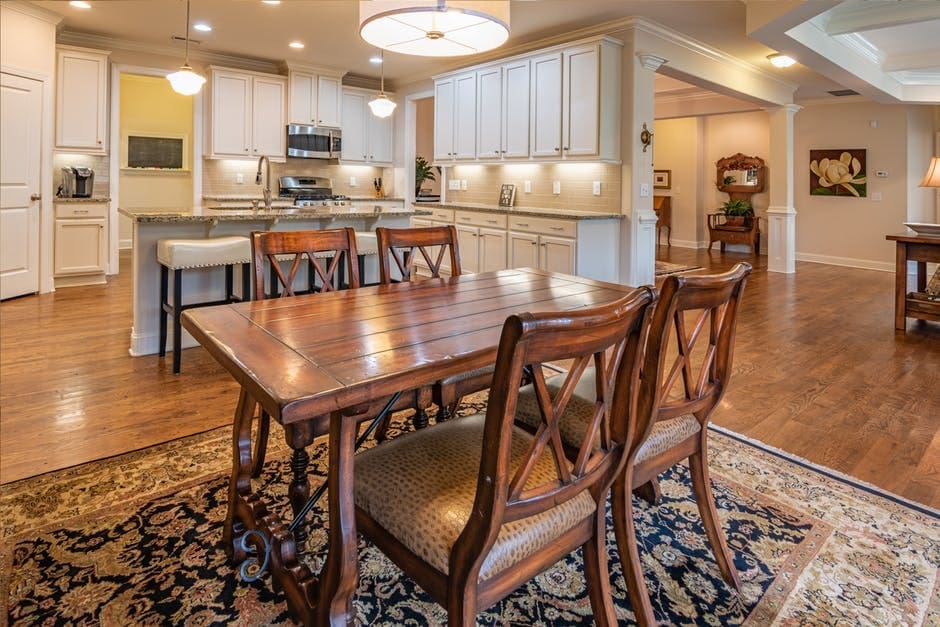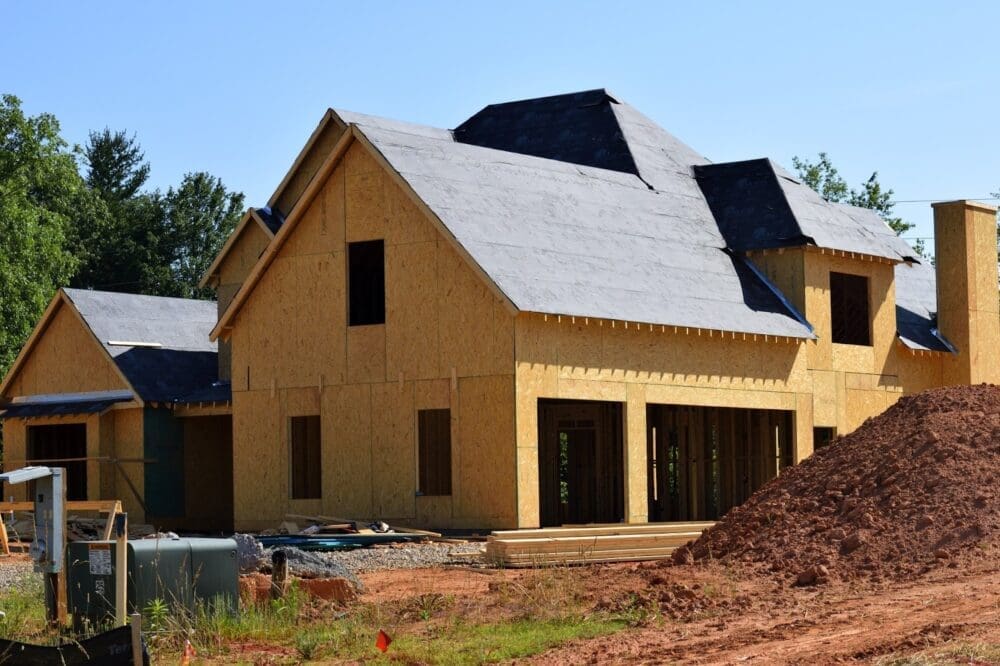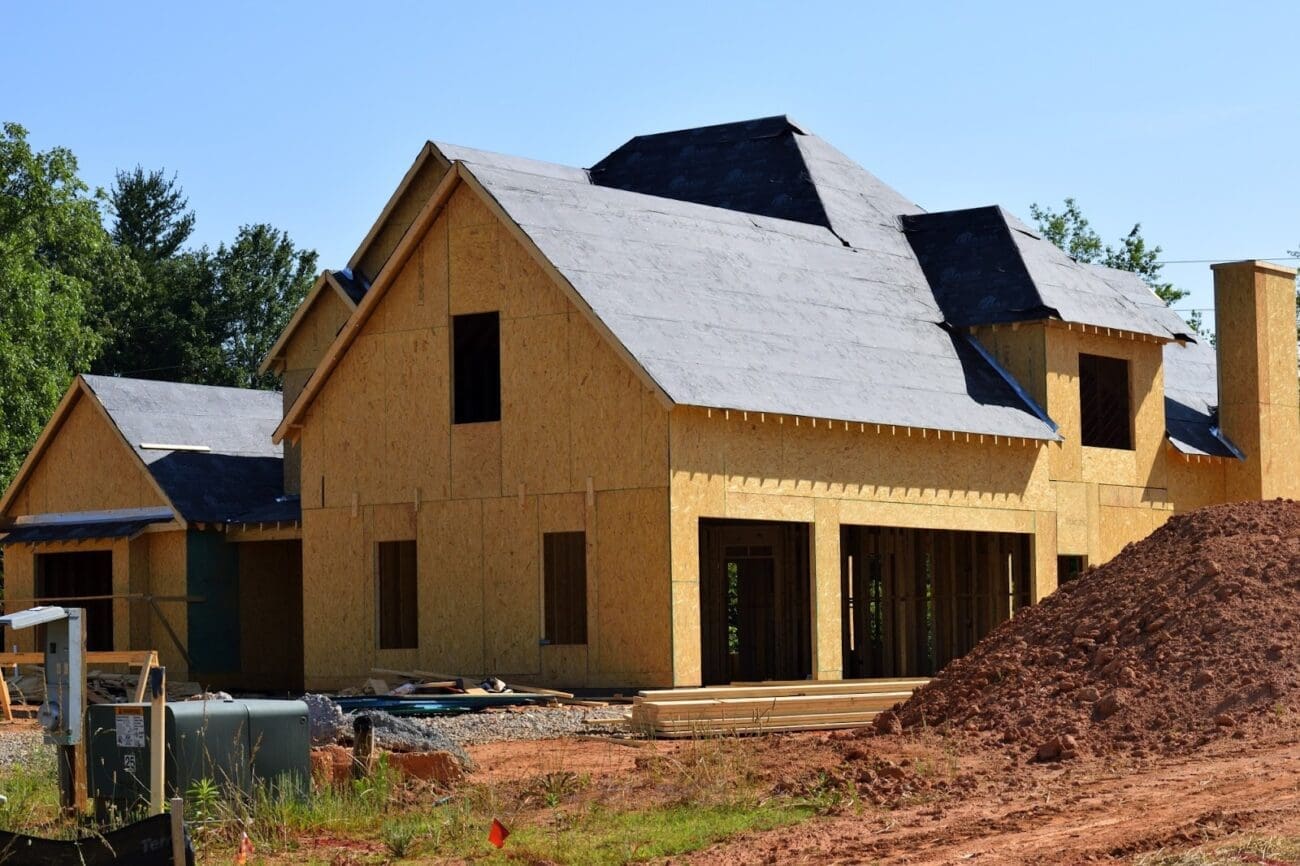When constructing your dream home, a custom build offers countless advantages. Custom homes are tailored to your specific needs, style, and preferences so you can create a living space that truly reflects who you are. But know that embarking on a custom home journey requires careful planning and awareness of what lies ahead. Below are key considerations that will guide you through the process of building a custom home—read on!

Set a Budget
Before diving into design choices and land selection, establish a clear budget that encompasses all aspects of the project. Construction costs include permits, inspections, interior finishing, landscaping, and any unexpected expenses that may arise.
Make a list of desired features and prioritize them, allowing flexibility in case budget constraints necessitate cutting back on some non-essential items. Secure financing before starting the project; this could be through a traditional mortgage, a construction loan, or a home equity line of credit.
Design Your Custom Home
Individual taste shapes the design of a custom home. Collaborating with custom home builders who prioritize quality workmanship and transform your ideas into a practical blueprint. This process now allows you to capture your essence through the design elements and layouts that resonate with your lifestyle. Explore various architectural styles and consider important details such as room dimensions, flow, and functionality.
Defining the layout early on can assist with budget management and construction timelines. Open floor plans are popular because they foster family interaction, but find the balance between trends and timeless features. Remember that your goals for entertainment, family gatherings, and daily life should guide your decisions at this stage.
Choose the Right Lot
A well-chosen lot affects your home’s aesthetics and impacts long-term resale value and lifestyle. When choosing a lot, look into the neighborhood, proximity to schools, shopping, work, and recreational facilities, as well as the local climate.
Investigate zoning laws and covenants in the area, as these can dictate what you can build and how you can use the land. Consider the orientation of the lot; a southern exposure can maximize natural light, reduce heating costs, and improve energy efficiency. The chosen lot should meet your needs and expectations for achieving satisfaction in your custom home’s final design.
Understand the Permitting Process
Each jurisdiction has specific regulations and permits that must be adhered to before breaking ground. Familiarize yourself with building codes, zoning laws, environmental regulations, and any other requirements unique to your area. This may involve submitting detailed architectural plans, securing inspections during different construction phases, and acquiring various necessary permits.
Engaging a knowledgeable contractor or a building consultant can smooth the process and guarantee that all required documentation is filed correctly. Failure to comply with these regulations can result in delays and fines, adding stress to your project. Taking time upfront to understand this aspect can save you headaches later on.
Prepare for the Unexpected
Building a custom home is an intricate process and comes with unexpected challenges. Zoning changes, supply chain disruptions, or weather delays may arise, testing your patience and preparation. Being adaptable and maintaining an open line of communication with your contractor can help you navigate these hurdles effectively.
Build a buffer into your timeline and budget to accommodate unplanned changes. Home construction projects experience delays due to unforeseen complications. When you anticipate potential setbacks, you’ll be better positioned to deal with them calmly without a negative impact on your satisfaction with the project. Maintaining flexibility can lead to creative solutions that add to your home’s design or functionality. Remember, each challenge faced can contribute to a more rewarding outcome.
Final Touches and Move-in Considerations
Once the building is near completion, the excitement mounts as the focus shifts to interior finishes and final touches. Select the flooring, paint colours, fixtures, cabinets, and appliances that will bring your vision to life. Take the time to make thoughtful decisions that resonate with your aesthetic and functional needs.
As you approach move-in day, plan for logistics, right down to the essentials like utilities setup and mail forwarding. Conduct thorough walkthroughs with your contractor to check for any last-minute adjustments or fixes before settling in. Consider a final inspection so that everything is up to code and functioning properly. This can prevent future issues and provide peace of mind as you transition from building to living in your new custom home. Obtaining a final certificate of occupancy from local authorities is the last step needed to conclusively make your home yours.

Building a custom home is a considerable commitment, involving numerous steps from conceptualization to completion. By understanding your budget, selecting the right team, and being prepared for challenges, you pave the way for a successful journey. With diligent planning and an open mind, your dream home is within reach.
Read More
How To Tackle Common Home Improvement Tasks – How Much Will It Cost?
How Much Should You Expect To Spend On Weatherproofing Windows And Doors?
Say Goodbye to Clutter with Simple Junk: Your Trusted Junk Removal Company in Langley




